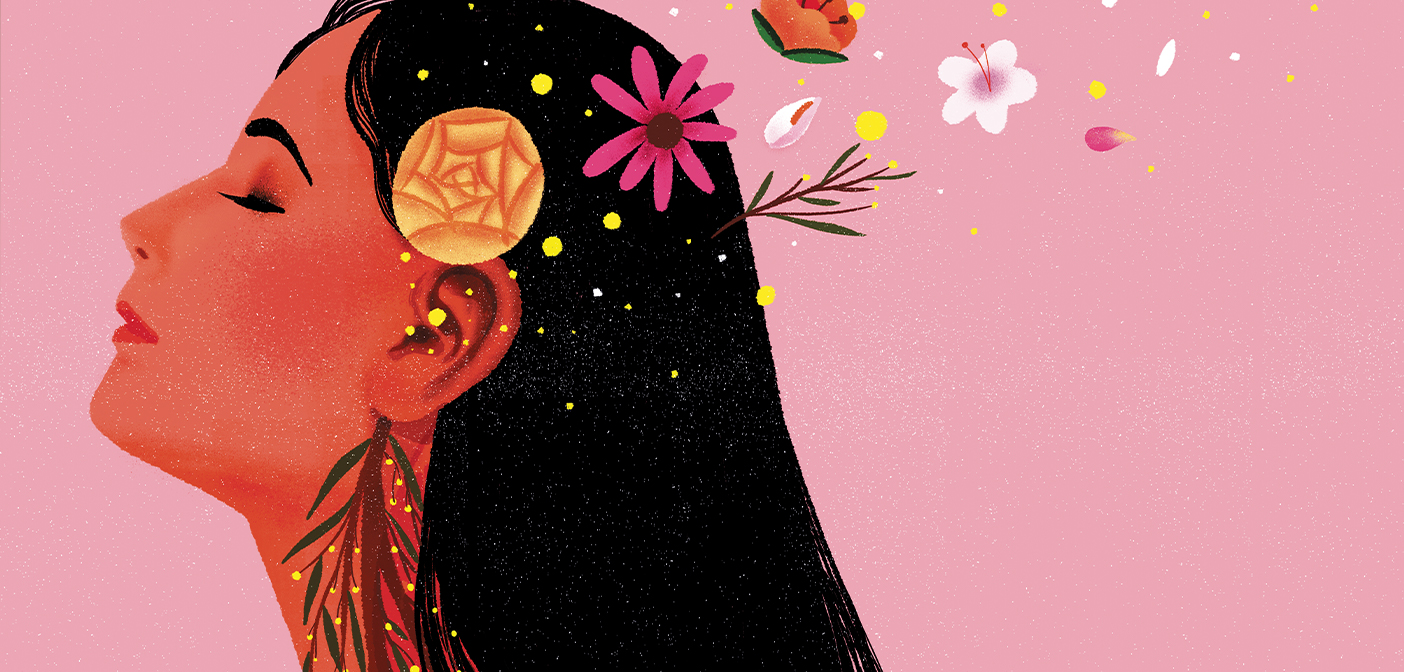Acupressure and the Ear: A Healing Path
Source: Johns Hopkins Nursing Magazine
 U.S. providers have been slow to embrace the practices of Eastern medicine. But researcher Chao Hsing Yeh has helped plant the seed on auricular point acupressure as a non-opioid pain reliever, and it’s taking root.
WRITTEN BY STEVE ST. ANGELO | ILLUSTRATIONS BY DECUE WU
U.S. providers have been slow to embrace the practices of Eastern medicine. But researcher Chao Hsing Yeh has helped plant the seed on auricular point acupressure as a non-opioid pain reliever, and it’s taking root.
WRITTEN BY STEVE ST. ANGELO | ILLUSTRATIONS BY DECUE WU
Descriptions of auricular point acupressure might at first feel odd to the Western ear: Put a seed (or other small pellet) against the ear. Press, repeat, get welcome relief. It is far from the first of Eastern medicine’s innovations to be slowly, reluctantly accepted by the Western health industry. But the simple, inexpensive treatment for chronic pain and a variety of cancer symptoms—fatigue, nausea, vomiting—as well as insomnia, depression, and various other ailments is erasing skepticism as it builds promise as an alternative to dangerously addictive opioids and other pharmaceuticals.